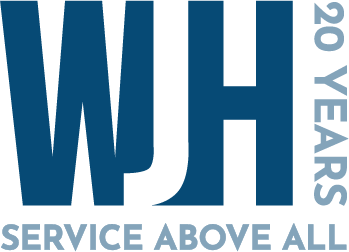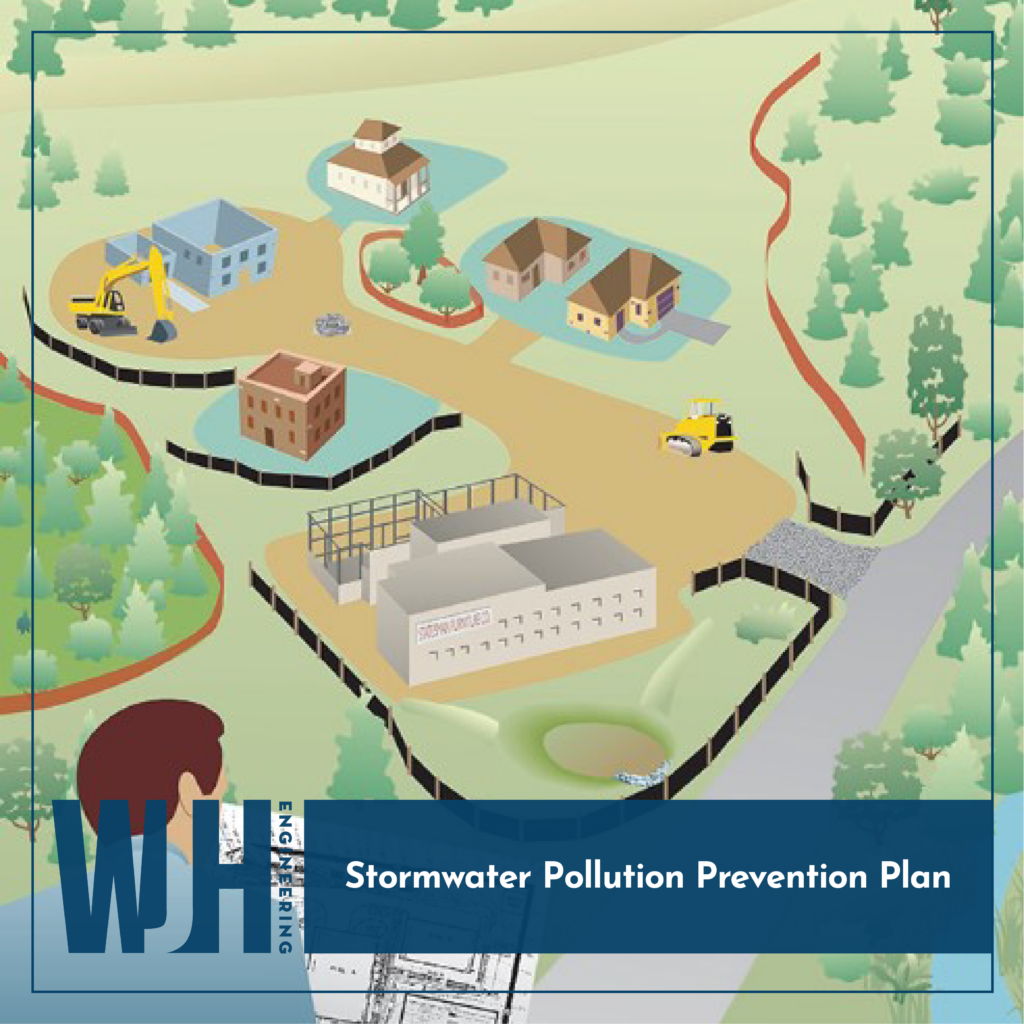Most of our clients (contractors, builders, and commercial site owners/operators) are required to file and maintain a Stormwater Pollution Prevention Plan (SWPPP). A SWPPP is a site-specific document consisting of plans and a written report addressing the sources of stormwater pollution present at a construction site. This stormwater pollution can come in the form of sediment runoff, fallen leaves and tree branches, or even human waste.
As the name suggests, Stormwater Pollution Prevention Plans should describe the measures that will be taken to prevent these pollutants from being discharged from a site. These measures can be as simple as stormwater management resources to reduce the overall amount of runoff exiting the property. They might also include soil erosion and sediment control standards that many of us are familiar with.
A site/civil engineer is typically familiar with the procedures that can be used to achieve pollutant reduction. Most often, the New Jersey Department of Environmental Protection (NJDEP) will require a SWPPP on behalf of the United States Environmental Agency (EPA). This information is required to obtain a National Pollutant Discharge Elimination System Permit. Ever since the 1972 Clean Water Act, all new commercial developments disturbing more than one acre of land must obtain one of these permits before construction begins. Permits like this help to ensure that the rainwater entering our collection systems is safe and clean. As a result, the environment where this rainwater is discharged will be safe from any negative impacts those pollutants can bring.
Creating a sufficient Stormwater Pollution Prevention Plan is a crucial step in planning the construction of any project. Here at WJH Engineering, we have a team of licensed professionals who can create plans for any job, regardless of the scale. Contact us for your next project today!

